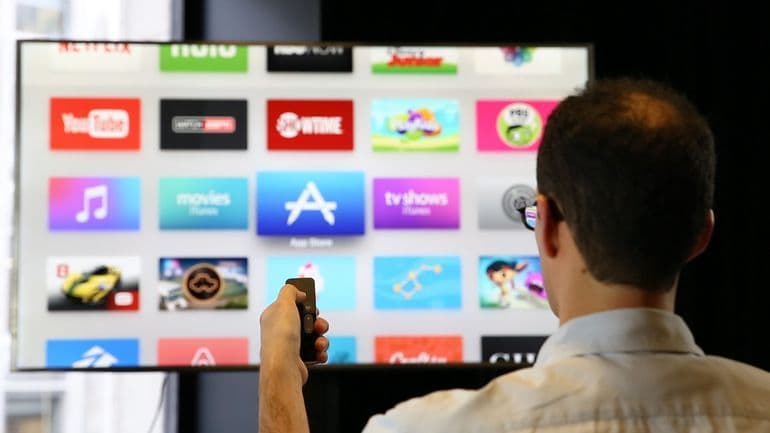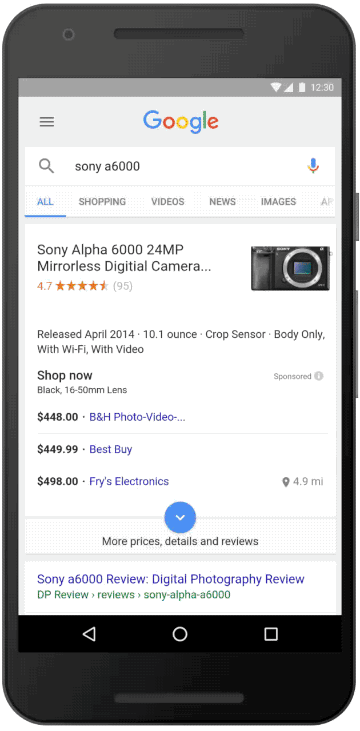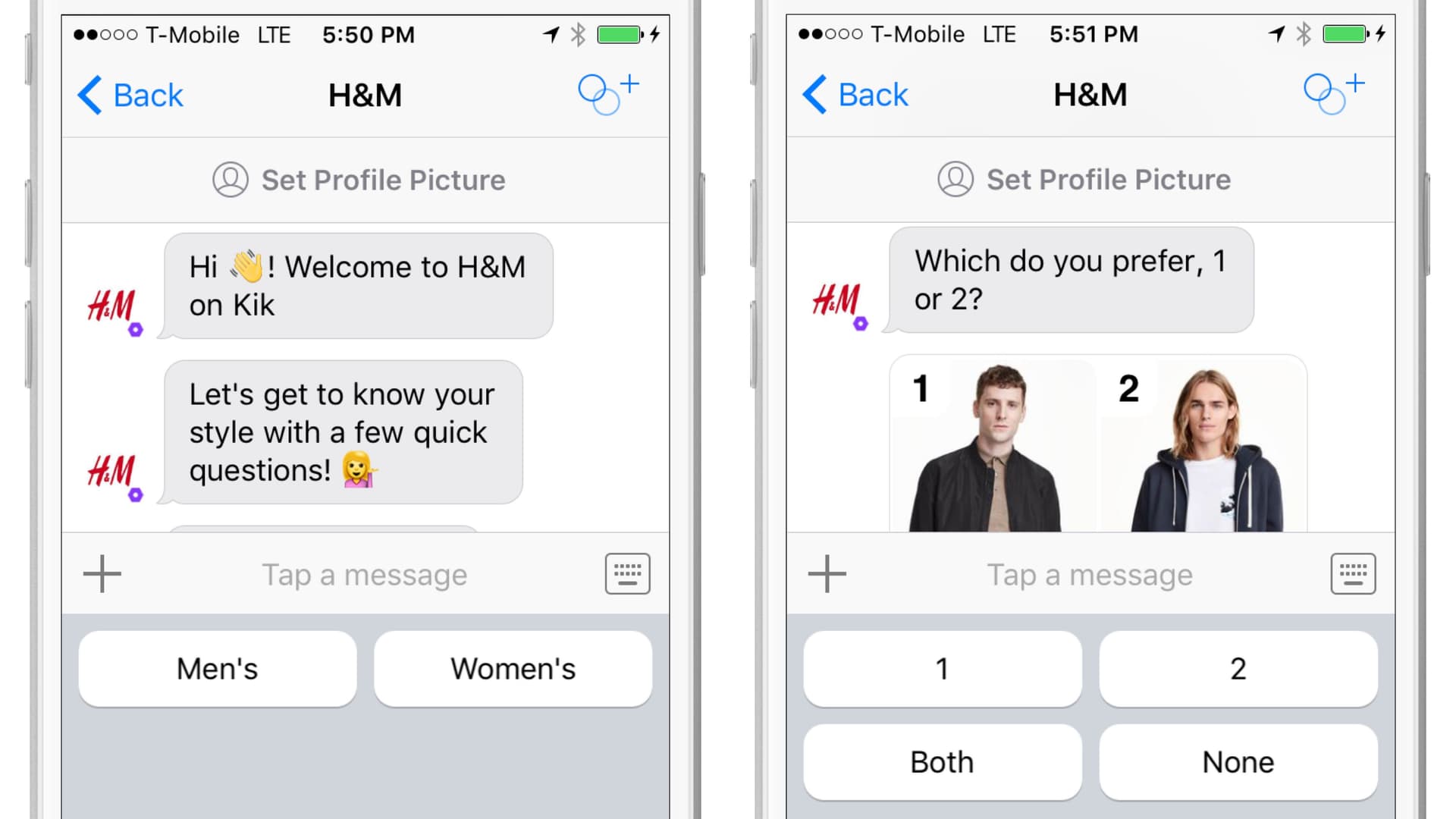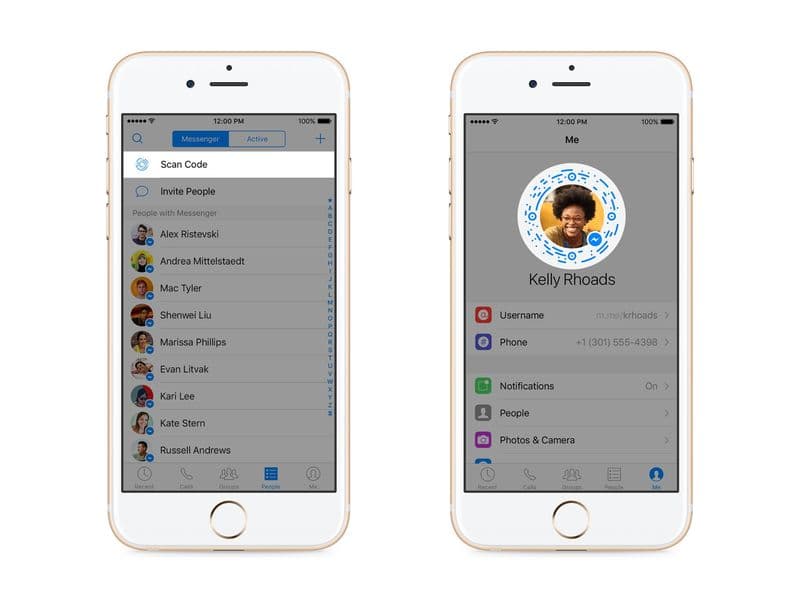5 Emerging Trends Marketers Should Watch in 2017
Published on November 02, 2016/Last edited on November 02, 2016/6 min read


Todd Grennan
Content Production Principal, Content Marketing at BrazeWhen it comes to marketing, things are always changing—but this year, things REALLY changed. We watched augmented reality break out with the rise of Pokémon Go, saw web messaging enter the mainstream as web push became available on Chrome, Safari, and Firefox, and witnessed Facebook bolster OTT marketing by throwing open the doors of its Messenger platform to third-party brands.
But even if your brand is ending 2016 with a strategy to take advantage of all these new technologies and tools, it’s no time to rest on your laurels: 2017 is just around the corner and there’s plenty new things coming down the pipe marketing-wise. Not all of them will reach their full potential in the coming year. Some may fizzle out despite early promise. Even so, it’s important for marketers to keep an eye on emerging martech and tactics. After all, while it’s impossible to predict the future, it’s still essential to plan for it.
To help marketers stay current and keep ahead of emerging technologies and tools, we’ve put together a list of five emerging marketing trends to watch in 2017. Take a look!
1. tvOS, voice assistants, and other emerging platforms
When it comes to digital platforms, mobile is still king. But while mobile looks to be the dominant way brands engage with their customers for some time to come, we’re increasingly seeing other, mobile-compatible platforms emerging as potential marketing tools.

An Apple TV user browsing apps (Source: cnet)
Television is poised to emerge as a platform, with brands looking for ways to reach customers on their TVs using Apple TV, Chromecast, Roku, and other set-top devices. Auto-focused customer communication and user engagement via Amazon Echo, Google Home, and other in-home assistants are also attracting a lot of attention. Expect to see notifications in some form on at least one of these platforms by year’s end.
2. The platform-agnostic experience
During this year’s editions of WWDC and Google I/O, we saw Google and Apple taking steps to reduce the difference in experience and any friction between mobile apps and websites, as well as between mobile devices and desktop and laptop computers, in order to provide users with an increasingly seamless experience across platforms.

Using B&H’s app via Android Instant Apps. (Source: Android Authority)
These changes, including Google’s launch of Android Instant Apps and Accelerated Mobile Pages (AMP) initiatives, and Apple’s expansion of popular iOS features (including Siri and Apple Pay) to desktop, reflect an emerging view of what users want from their digital experience—namely a single, continuous, platform-agnostic user experience, instead of one that treats apps and websites (and smartphones and desktop computers) as walled gardens. Expect to see that dream come closer to fruition as more brands take steps to embrace cross-platform user profiles and begin leveraging the tools that Google and Apple have made available.

3. Effective use of customer location and send-time data
The arrival of mobile revolutionized marketing makes it possible to collect more (and more detailed) data on customer preferences and behavior than ever before, supporting intimate, personalized customer-brand relationships on an unprecedented global scale. As technology advances, we’re poised to see that data collection—and the customer engagement tactics that data makes possible—become even more nuanced and effective. The growing popularity of wearables like the Apple Watch and fitness devices from Fitbit, Jawbone, and other brands, has the potential to kick off a new wave of body-focused customer data tracking, while the ever-present nature of mobile devices and massive reach of Google and other major tech brands is making it easier to track when a customer is at home or at work, as well as when they’re walking, driving, bicycling, or standing still.
This type of granular data has the potential to make tools like send-time optimization even more effective at assessing ideal delivery times, and could support a level of message personalization surpassing what’s possible today. Look for forward-thinking brands to start collecting and using this kind of customer information in their user outreach over the coming year.
4. Smarter automation like chatbots and AI
When people think about artificial intelligence, there’s a tendency to jump to visions of an apocalyptic Skynet-like future where machines have replaced all human activity—or to a futuristic utopia where smart robots have replaced all the human activity we find annoying to deal with. But while either of those futures is likely to be a long way off, expect marketers to more effectively leverage the increasingly smart automation tools that have been emerging.

The H&M chatbot on the Kik platform
Chatbots have already become a memorable way for brands to interact with customers on OTT messaging platforms, but there’s still a lot of room for growth, especially as AI allows these bots to engage with users like two people having a conversation, instead of a digital version of an old-school phone tree. A similar trend is taking place in mobile-focused marketing platforms as marketers are increasingly given tools that take advantage of advanced automation and predictive analytics to more effectively reach customers. Look out for tools like send-time optimization joined by other smart automation features in the coming year.
5. Point of sale and real-world digital experiences
While a truly seamless user experience in today’s mobile-first world will require eliminating the silos between different platforms and devices, it’s also going to mean reducing the distance between the real world and users’ digital experience. That’s not going to happen overnight, but look for companies more closely connecting their brick-and-mortar locations with their mobile and web experiences in 2017.

Facebook Messenger Code example (Source: The Verge)
That could mean integrating point-of-sale data into their digital marketing platforms to allow for digital engagement based on purchases made in person, more sophisticated location-based marketing using Wi-Fi or beacons (if beacons end up actually happening), or following in Snapchat and Facebook’s footsteps by creating visual codes that can trigger app opens or website visits when users view them with their smartphones.
Be Absolutely Engaging.™
Sign up for regular updates from Braze.
Related Content
View the Blog
How behavioral marketing turns data into personalized experiences

Team Braze

Are you AI-savvy enough to survive? A wake-up call for CMOs

Team Braze

What are contextual bandits? The AI behind smarter, real-time personalization
